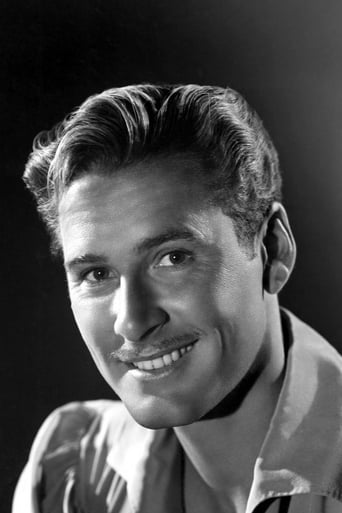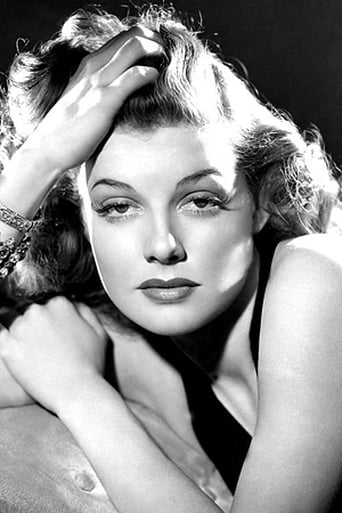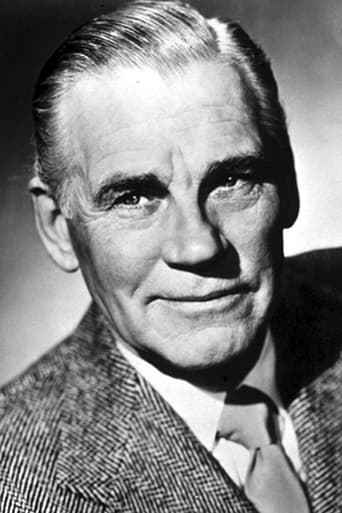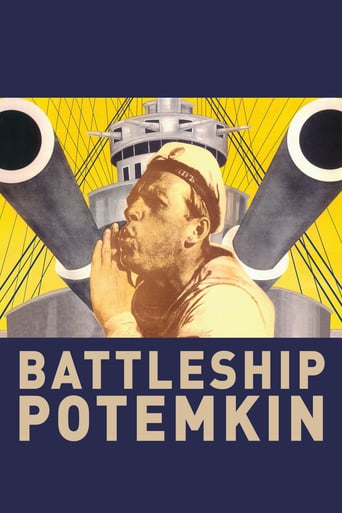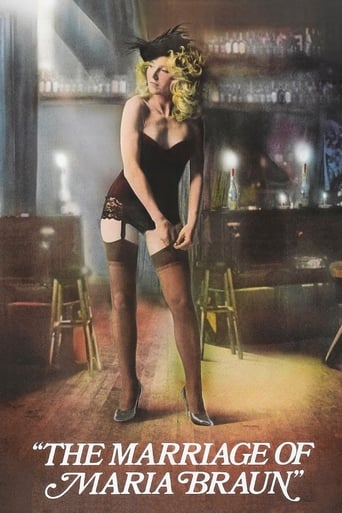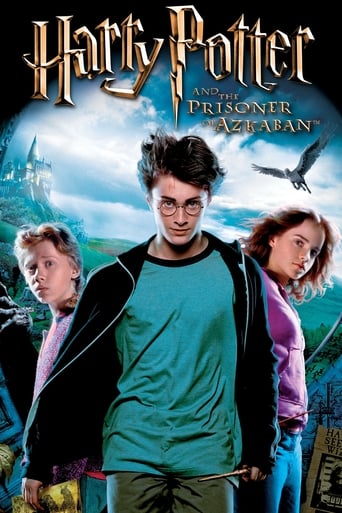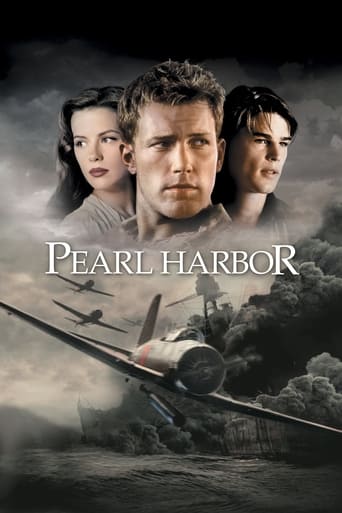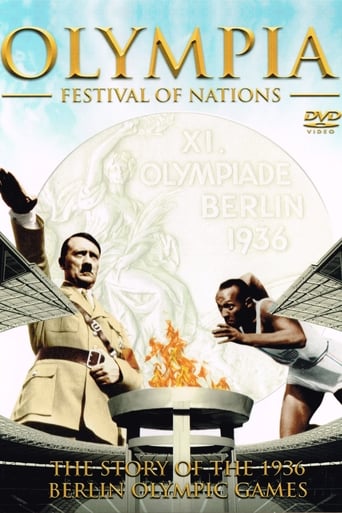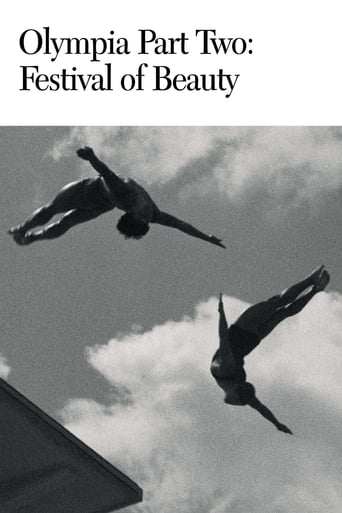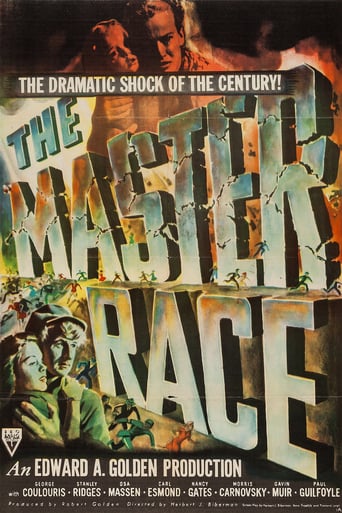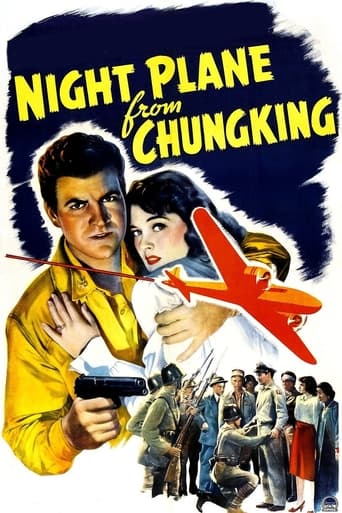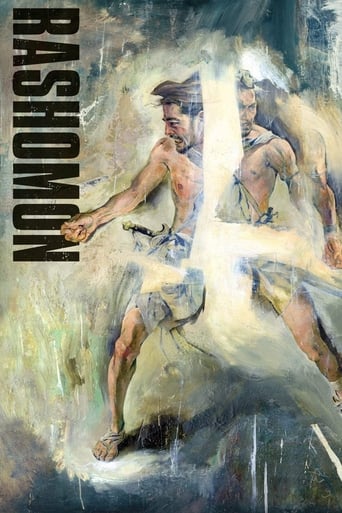
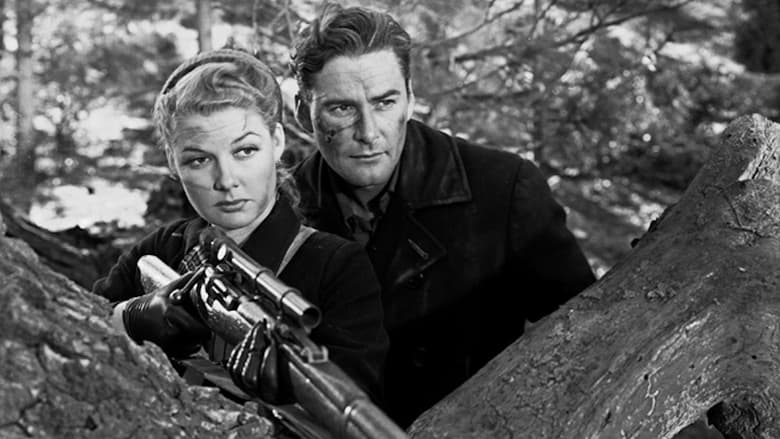
Edge of Darkness (1943)
The film pivots around the local Norwegian doctor and his family. The doctor's wife (Ruth Gordon) wants to hold on to the pretence of gracious living and ignore their German occupiers. The doctor, Martin Stensgard (Walter Huston), would also prefer to stay neutral, but is torn. His brother-in-law, the wealthy owner of the local fish cannery, collaborates with the Nazis. The doctor's daughter, Karen (Ann Sheridan), is involved with the resistance and with its leader Gunnar Brogge (Errol Flynn). The doctor's son has just returned to town, having been sent down from the university, and is soon influenced by his Nazi-sympathizer uncle. Captain Koenig (Helmut Dantine), the young German commandant of the occupying garrison, whose fanatic determination to do everything by the book and spoutings about the invincibility of the Reich hides a growing fear of a local uprising.
Watch Trailer
Cast


Similar titles
Reviews
Terrible acting, screenplay and direction.
Excellent adaptation.
A Disappointing Continuation
Story: It's very simple but honestly that is fine.
So this film is heavy-handed; it is jingoistic, it is propaganda. So what. What really counts is that the acting is believable; the characters are believable. The story is believable; although it stretches the limits of believability. Flynn and Sheridan are good, as is Huston and several other solid supporting roles. There are some minor attempts to humanize one German soldier, but all the rest are demonized, as was the fashion of this era's filmmakers. Of course, we now know there are two sides to every story of war; as so well demonstrated by Eastwood's Letters From Iwo Jima. That side is not presented in this film, and is one of its weaknesses. Yes, the Nazis were evil, Hitler was evil, and occupying forces of Norway were evil. But several of the soldiers sent there by Germany were not evil; they were just soldiers doing their job.The oversimplification of portraying all German soldiers as evil no longer has any validity from the realities of real war. Several of them were evil; and several of them were just doing their duty. All of the townspeople, however, were good people, and did their best to resist the Germans. It is the Norwegians we should remember from this film; not the evil Germans.
. . . by composing the hymn "A Mighty Fortress," which is sung in Norweigen, English (and perhaps Polish, French, and Swahili), as well as being played instrumentally in half a dozen keys throughout the two-hour running time for EDGE OF DARKNESS. Franz Waxman is credited with this score, but it is truly Luther who settled the score with the Nazis. He foresaw the rise of the Kaiser, the Fuhrer, and "Hitler's Pope" when he penned his lyrics about a world "with Devils filled." Just as the celibate Luther defied convention in being one of the first Roman Catholic priests to marry a nun and father lots of babies, the pacifist pastor in DARKNESS thinks outside the box when he kicks off the wholesale slaughter of the 150 Nazi soldiers stationed in Trollness by machine-gunning a platoon of them standing around in the village square from a window in his church belfry. DARKNESS illustrates Luther's point that "though the Devils take your house, goods, kids, and spouse," you can still have the last laugh by exercising your Second Amendment Rights. After all, Martin did not write that a gun-free zone was "a bulwark never failing."
Made during the middle of WW2, "Edge of Darkness" tells how the Norwegian citizens of Trollness, led by a resistance fighter played by Errol Flynn, rose up and liberated themselves from their Nazi oppressors.Although the film is probably as close to real events as "Cowboys vs. Zombies", historical accuracy wasn't the number one priority of the filmmakers. The film was a contribution by Warners Bros to the Allied war effort, and is so stirring that if people didn't rush off to enlist as soon as they left the theatre then they would have at least bought a stack of war bonds. There is a lot of movie magic in the film. Location footage was combined with scenes shot on the sound stage with a great deal of miniature work thrown in. This mixture gives the film a somewhat mythical quality; we are drawn into the isolated, almost claustrophobic world of Trollness, where the battle, physical and ideological, is fought between the Norwegians and the Germans.These days we accept Errol Flynn as a far better actor than was probably acknowledged back then when his activities in the bedroom seemed to blur any appreciation of his talent. He underplays here and is very believable as is Ann Sheridan.However, Helmut Dantine stole the show as the commander of the German garrison. Dantine could 'master race' with the best of them. Hollywood had some very effective actors who specialised in playing Nazis, but Dantine could out-heel click, out-Heil and out-face slap any of them. Although Nazis of that era could never be portrayed sympathetically, Dantine created a complex character, seemingly on the verge of a breakdown.The most memorable sequence in the film is the uprising at the end. Much of the action is filmed with the same brilliant tracking shots director Lewis Milestone used in "All Quiet on the Western Front" especially as the Norwegians advance against the German machine guns or fight them hand-to-hand in the streets.There are many dramatic speeches in the film. A number of characters espouse ideas that probably weighed against the screenwriters a little later in the McCarthy era. After all, the biggest traitor in the film is also the major symbol of capitalism - the wealthy owner of the local cannery.The battle was also fought in the film's music. Franz Waxman counterpoints soaring renditions of Norway's national anthem and hymns with bursts of "Deutschland über alles" - all adding to the richness of the film.I can imagine this would have been an uplifting film to see during WW2. Even now it's hard not to get a lump in the throat as the Norwegians break into song in defiance of the Nazis. Corny to some maybe, but for me it's a classy piece of filmmaking from Hollywood's Golden Age.
This is an uplifting film. Obviously it was meant to be and it is very good propaganda. In 1943 the Nazis were still far from beaten and this film shows the defiance of ordinary Norwegians against a brutal oppressor.Errol Flynn isn't somebody who many people would think of to play a Norwegian. However, I think he is very good as one. He provides his usual heroic performance, albeit more understated than normal, and shows the sort of determination that many people were showing in real life at the time to defeat the Nazis.The ending is good especially when the German captain played by Helmut Dantine shoots himself. I believe this was meant to portray the fact that a devout Nazi, as Dantine's character was, was so shocked that the Nazis could be defeated by anybody that he couldn't take it so had to commit suicide. This was meant to show that by fighting back against the Nazis they could crack.An undoubted propaganda film made at a time when the war was still not definitely decided I thought it was very good at getting the message across that there was at least light at the end of the tunnel in the fight to rid the world of Nazism.


